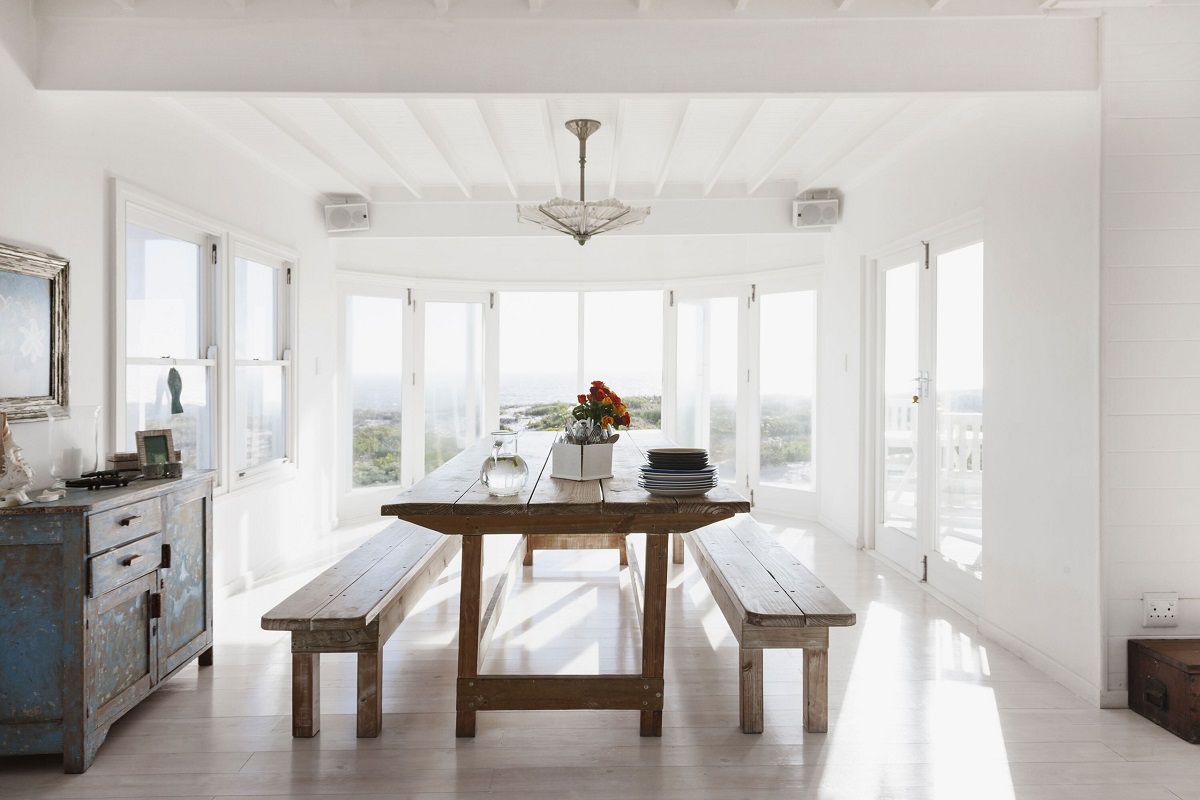

Tableware
How Long Should A Dining Bench Be?
Modified: December 7, 2023
Discover the ideal length for a dining bench and create the perfect tableware setup with our expert tips. Design a functional and stylish space with the right dimensions.
(Many of the links in this article redirect to a specific reviewed product. Your purchase of these products through affiliate links helps to generate commission for Storables.com, at no extra cost. Learn more)
Introduction
When it comes to choosing the right dining bench, size matters. The length of a dining bench plays a crucial role in determining its functionality, comfort, and overall aesthetic appeal. Whether you are furnishing a dining room, kitchen, or even an outdoor patio, finding the perfect bench length is essential for creating an inviting and comfortable seating arrangement.
In this article, we will explore how long a dining bench should be and the various factors to consider when determining the ideal length. From standard bench lengths to space and comfort considerations, we will provide you with all the information you need to make an informed decision for your tableware needs.
Key Takeaways:
- Choose a dining bench length based on table size, number of people, room layout, and style to create a comfortable and inviting seating arrangement that complements your dining area.
- Consider space, comfort, and placement when determining the ideal bench length, and explore customization options to tailor the bench to your specific needs and preferences for a unique and personalized dining experience.
Read more: How To Build A Dining Table Bench
Factors to Consider
When deciding on the length of a dining bench, there are several factors you should take into consideration. These factors will help you determine the most suitable bench length for your specific needs and space.
1. Table Size: The size of your dining table is a crucial factor in determining the length of your bench. Ideally, the bench should be slightly shorter than the table to allow for comfortable seating. Consider the dimensions of your table and choose a bench length that complements it.
2. Number of People: Think about the number of people you plan to accommodate on the bench. If you frequently host large gatherings or have a big family, you may want to opt for a longer bench to accommodate more people. On the other hand, if you only need seating for a few individuals, a shorter bench may suffice.
3. Room Layout: The layout of your dining area plays a significant role in determining the appropriate bench length. Consider the available space and how the bench will fit within the room. A longer bench may work well in a spacious dining area, while a shorter bench might be better suited for a smaller space.
4. Style and Aesthetic: The style and aesthetic of your dining area will also impact the choice of bench length. A longer bench can create a more dramatic and formal look, while a shorter bench can give a casual and cozy vibe. Consider the overall design theme and ambiance you want to achieve.
5. Functionality: Think about how you plan to use the dining bench. Will it be used primarily for formal dining or as a versatile seating option for various activities? This will help determine whether a longer or shorter bench is better suited for your needs.
By keeping these factors in mind, you can make an informed decision about the length of your dining bench that not only fits your specific requirements but also enhances the overall dining experience.
Standard Bench Lengths
While there isn’t a one-size-fits-all answer to how long a dining bench should be, there are some standard bench lengths that can serve as a starting point for your decision-making process.
Typically, dining benches range in length from 48 inches to 72 inches, depending on the number of people they can accommodate. Here are some common standard bench lengths:
- 48 inches: This length can comfortably seat two to three people.
- 60 inches: A 60-inch bench can accommodate three to four people.
- 72 inches: This longer bench can seat four to five individuals.
These standard bench lengths are based on the assumption of an average dining table width of 36 inches and a seating space of about 24 inches per person.
It’s important to note that these standard lengths are just guidelines, and you should always consider your specific needs and space constraints when choosing the length of your bench. Additionally, keep in mind that these lengths may vary depending on the manufacturer and the design of the bench.
If you have a custom-sized dining table or a specific number of people you need to accommodate, you may need to consider a bench length outside of the standard options.
Now that we have covered the standard bench lengths, let’s move on to the space considerations you need to keep in mind when determining the ideal bench length.
Space Considerations
When determining the length of a dining bench, it is crucial to consider the available space in your dining area. The goal is to strike a balance between providing enough seating and maintaining a comfortable and functional space.
Here are some space considerations to keep in mind:
- Clearance: Ensure that there is enough space around the dining bench for easy movement. Ideally, leave about 36 inches of clearance between the edge of the bench and any nearby furniture or walls. This allows people to comfortably slide in and out of the bench without feeling cramped.
- Walkways: Take into account the walkways in your dining area. Make sure there is enough space for people to move around the table and access the bench without obstruction. Allow for at least 42 inches of space between the bench and any nearby walls or other furniture.
- Proportions: Consider the overall proportions of your dining area. A bench that is too long or too short in relation to the table and the room itself can disrupt the visual balance. Aim for a bench length that complements the size and shape of the dining table and maintains a harmonious aesthetic.
By taking these space considerations into account, you can ensure that your dining bench not only fits within the available space but also allows for comfortable movement and an appealing visual flow in your dining area.
Next, let’s explore the importance of comfort considerations when choosing the bench length.
A standard dining bench is typically around 48-60 inches long, allowing for comfortable seating for 2-3 people. Consider the size of your dining table and the number of people you want to accommodate when choosing the length of a dining bench.
Comfort Considerations
When it comes to dining furniture, comfort is paramount. Choosing the right bench length can greatly impact the comfort level of your dining experience. Consider the following factors to ensure maximum comfort:
- Seat Depth: The depth of the bench seat plays a crucial role in providing comfort. A general guideline is to have a seat depth of at least 18 inches. This allows for proper support and enough space for individuals to sit comfortably without feeling cramped.
- Ergonomics: Consider the ergonomics of the bench. The backrest, if the bench has one, should provide adequate support for the lower back. Additionally, the bench should have a comfortable angle to ensure proper posture and relaxation during meals.
- Cushioning: If you prefer a softer seating experience, consider adding cushions to your dining bench. This can enhance comfort and provide additional support. Keep in mind that the inclusion of cushions may impact the overall bench length and seating capacity.
- Material: The material of the bench can also impact comfort. Upholstered benches tend to offer a more cushioned and comfortable seating experience compared to wooden or metal benches. However, wooden benches with contoured seats can also provide a comfortable and supportive sitting surface.
Ultimately, the right bench length should not only fit within your space but also prioritize the comfort of everyone using it. Take the time to sit on various bench lengths and consider the preferences and needs of your household to ensure a comfortable and enjoyable dining experience.
Now that we have covered the comfort considerations, let’s move on to discussing the placement of the dining bench.
Read more: How Long Should A Dining Table Be For 10
Bench Placement
Choosing the right placement for your dining bench is crucial for creating a functional and visually appealing seating arrangement. Consider the following factors when determining the placement:
- Table Center or Against the Wall: Decide whether you want to place your dining bench in the center of the table or against a wall. Placing the bench against the wall can save space and create a cozy corner seating area. On the other hand, placing it in the center can allow for more flexible seating arrangements and a balanced visual aesthetic.
- Symmetry: If you have a symmetrical dining area, consider placing the bench parallel to other seating options or furniture. This creates a sense of balance and harmony in the overall setup.
- Mix and Match: Don’t be afraid to mix and match different seating options. Combining dining chairs with a bench can create an interesting and eclectic look, allowing for versatility in seating arrangements and accommodating different preferences.
- Consider the View: Take into account the view from different angles when deciding on the placement of the bench. Ensure that the bench doesn’t obstruct any focal points or block the flow of movement within the room.
- Functionality: Consider how the placement of the bench will affect the functionality of the dining area. Ensure easy access to the table, sufficient space for people to sit and move around, and a comfortable seating arrangement that encourages lively conversations and enjoyable meals.
By carefully considering these factors, you can determine the most suitable placement for your dining bench that not only enhances the functionality of the space but also adds to the overall visual appeal of your dining area.
Next, let’s discuss how customizing the bench length can be a great option to cater to your specific needs and preferences.
Customizing Bench Length
While there are standard bench lengths available, sometimes you may find that none of them perfectly fit your specific needs or space constraints. In such cases, customizing the bench length can be a great option. Here are a few considerations when customizing the length of your dining bench:
- Working with a Furniture Maker: If you have specific length requirements or a unique design in mind, working with a furniture maker can help you create a custom bench that perfectly fits your space. They can guide you through the customization process and ensure that the final product meets your expectations.
- Modular Benches: Another option for customizing bench length is to choose modular benches. Modular benches consist of individual units that can be combined to create a bench of the desired length. This allows for flexibility in adjusting the length based on your needs and the available space.
- Extendable Benches: Consider opting for an extendable bench that allows you to adjust the length as needed. These benches typically have leaves or panels that can be added or removed to accommodate different numbers of people.
- DIY Project: For those who are handy with tools and have a creative inclination, you can embark on a DIY project to customize the bench length. This allows you to have full control over the dimensions and design while adding a personal touch to your dining area.
Customizing the bench length provides you with the opportunity to create a dining bench that perfectly fits your space, accommodates the desired number of people, and aligns with your personal style preferences. It allows for greater flexibility and ensures that your dining area reflects your individuality.
Now let’s wrap up our discussion and summarize the key points we’ve covered.
Conclusion
Choosing the right length for your dining bench is essential for creating a comfortable, functional, and visually appealing seating arrangement. By considering factors such as table size, number of people, room layout, style, and functionality, you can determine the ideal bench length for your specific needs.
Standard bench lengths provide a starting point, but customization options and modular benches can help you tailor the length to fit your space perfectly. Additionally, considering space and comfort considerations, such as clearance, walkways, seat depth, and cushioning, ensures that your dining bench provides maximum comfort for your guests.
Placing the bench strategically, whether in the center or against the wall, and mixing and matching different seating options can add visual interest and functionality to your dining area. Customizing the bench length through working with furniture makers, opting for extendable benches, or even embarking on a DIY project allows you to create a unique and personalized seating solution.
Ultimately, the length of your dining bench should complement your dining table, enhance the overall aesthetic of the space, and provide a comfortable and inviting seating experience for you and your guests.
So, take your time, consider all the factors, and choose the perfect length for your dining bench to elevate your tableware experience and create memorable moments around the dining table.
Frequently Asked Questions about How Long Should A Dining Bench Be?
Was this page helpful?
At Storables.com, we guarantee accurate and reliable information. Our content, validated by Expert Board Contributors, is crafted following stringent Editorial Policies. We're committed to providing you with well-researched, expert-backed insights for all your informational needs.
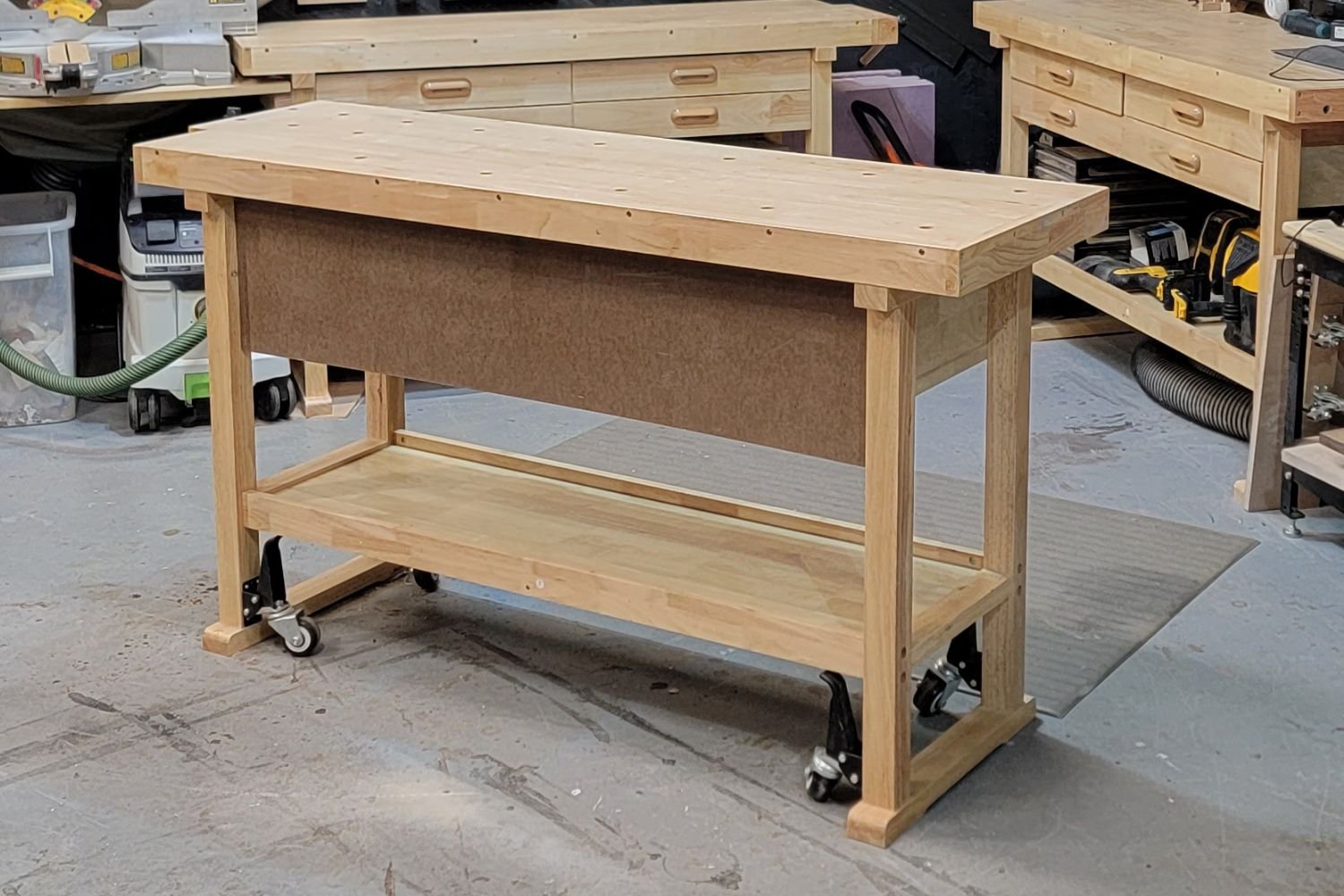
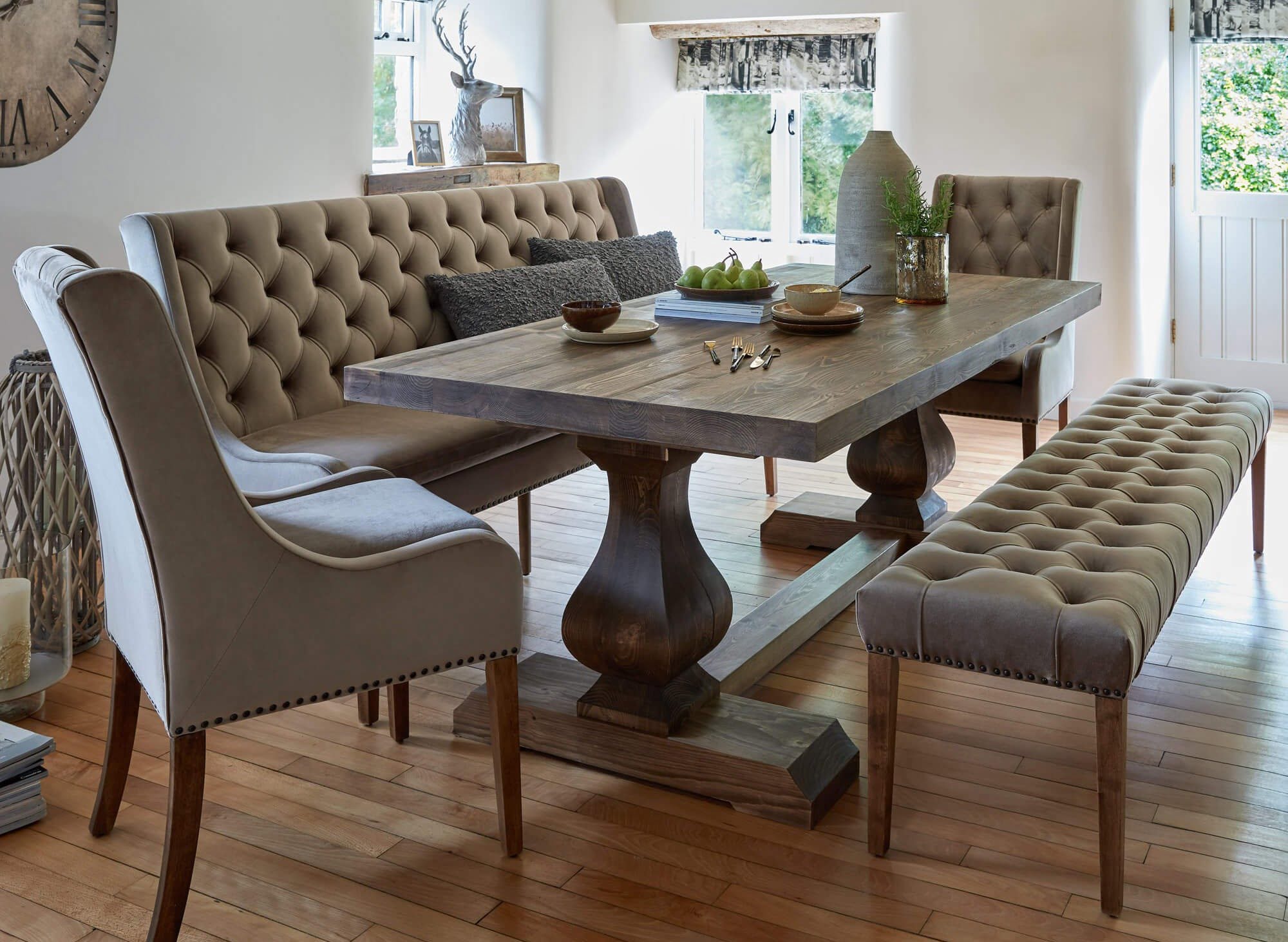
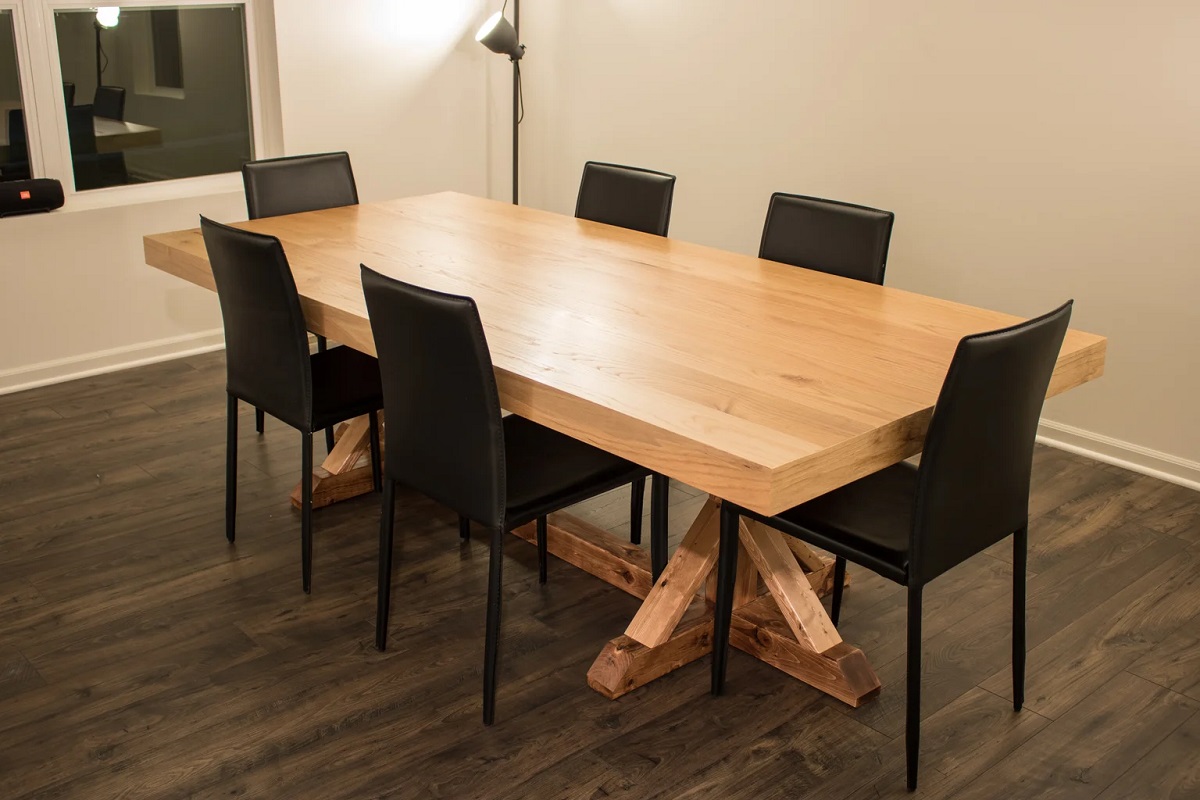
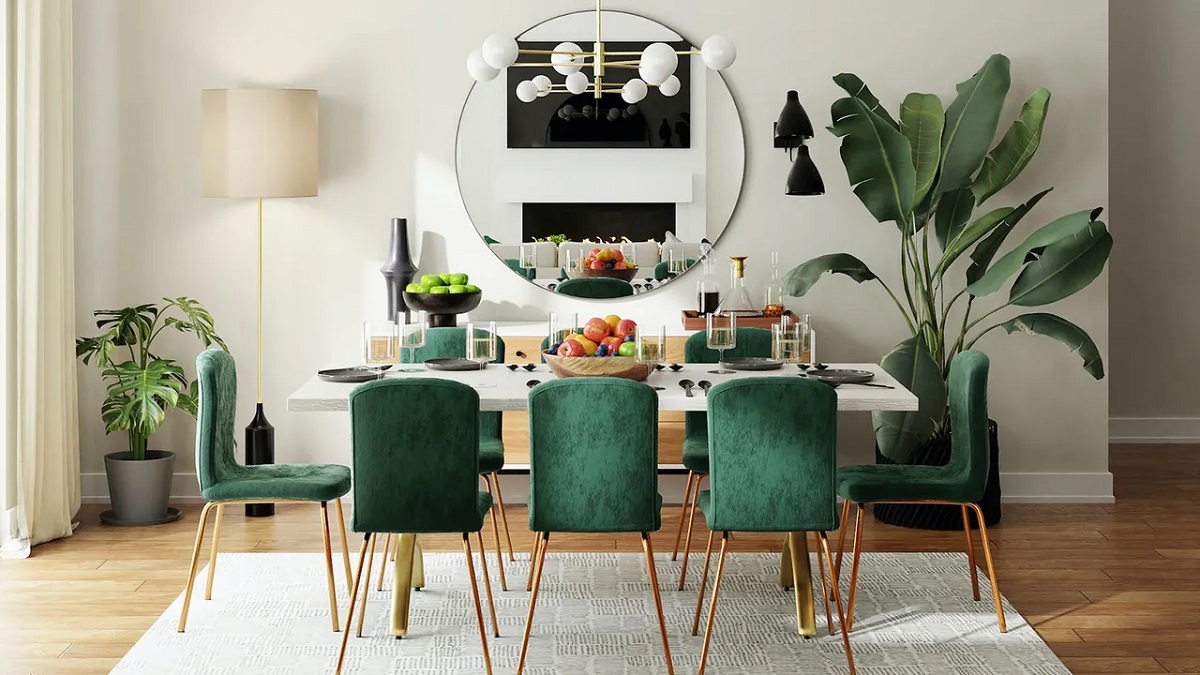
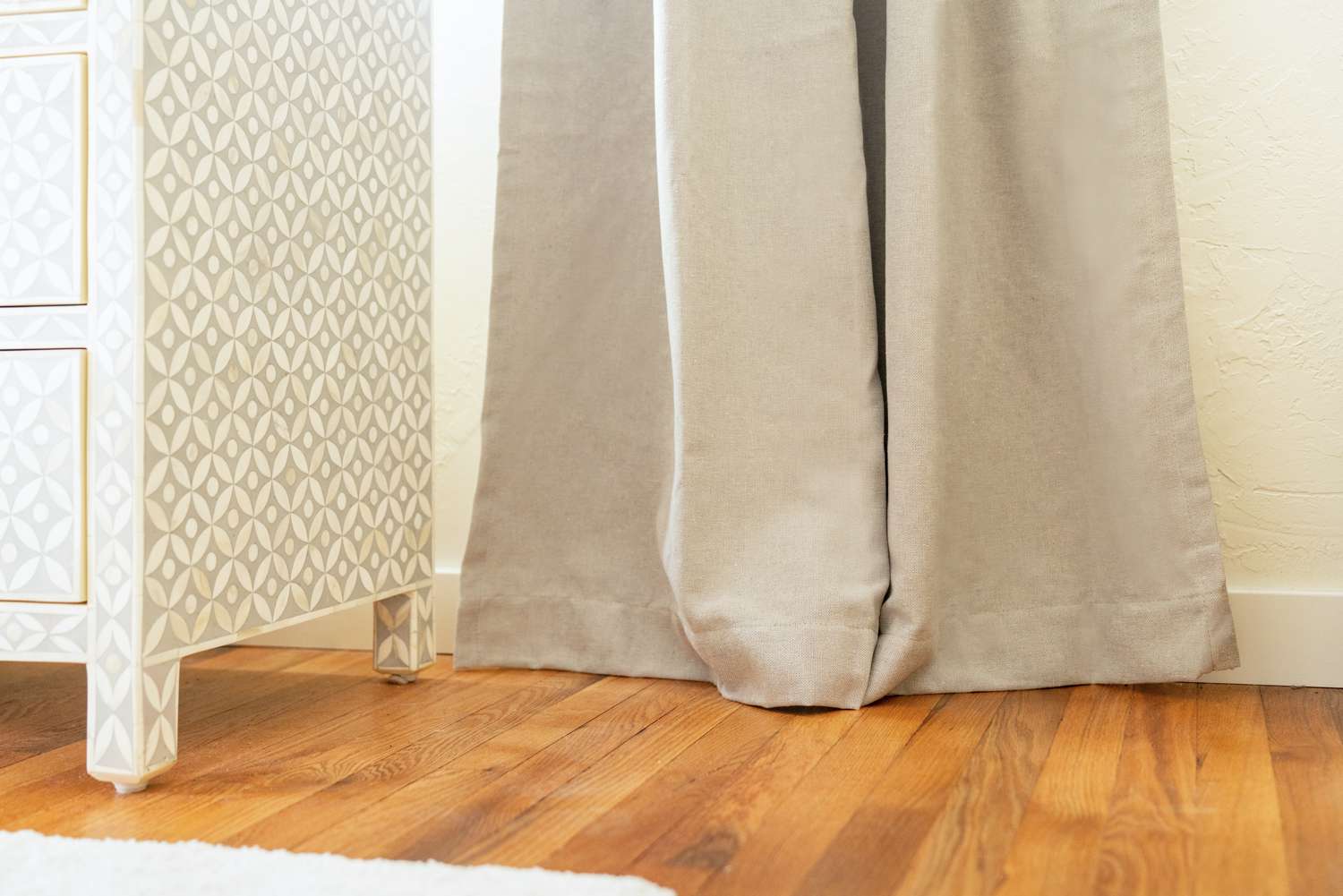
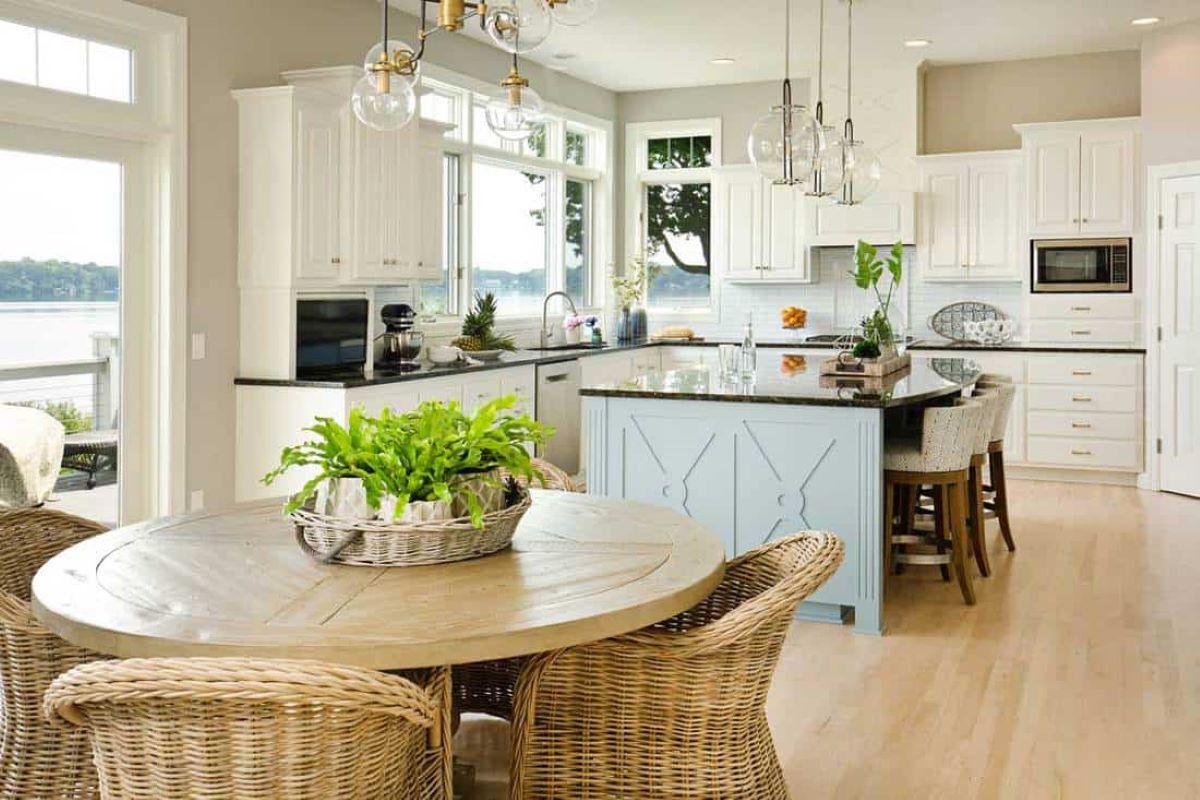
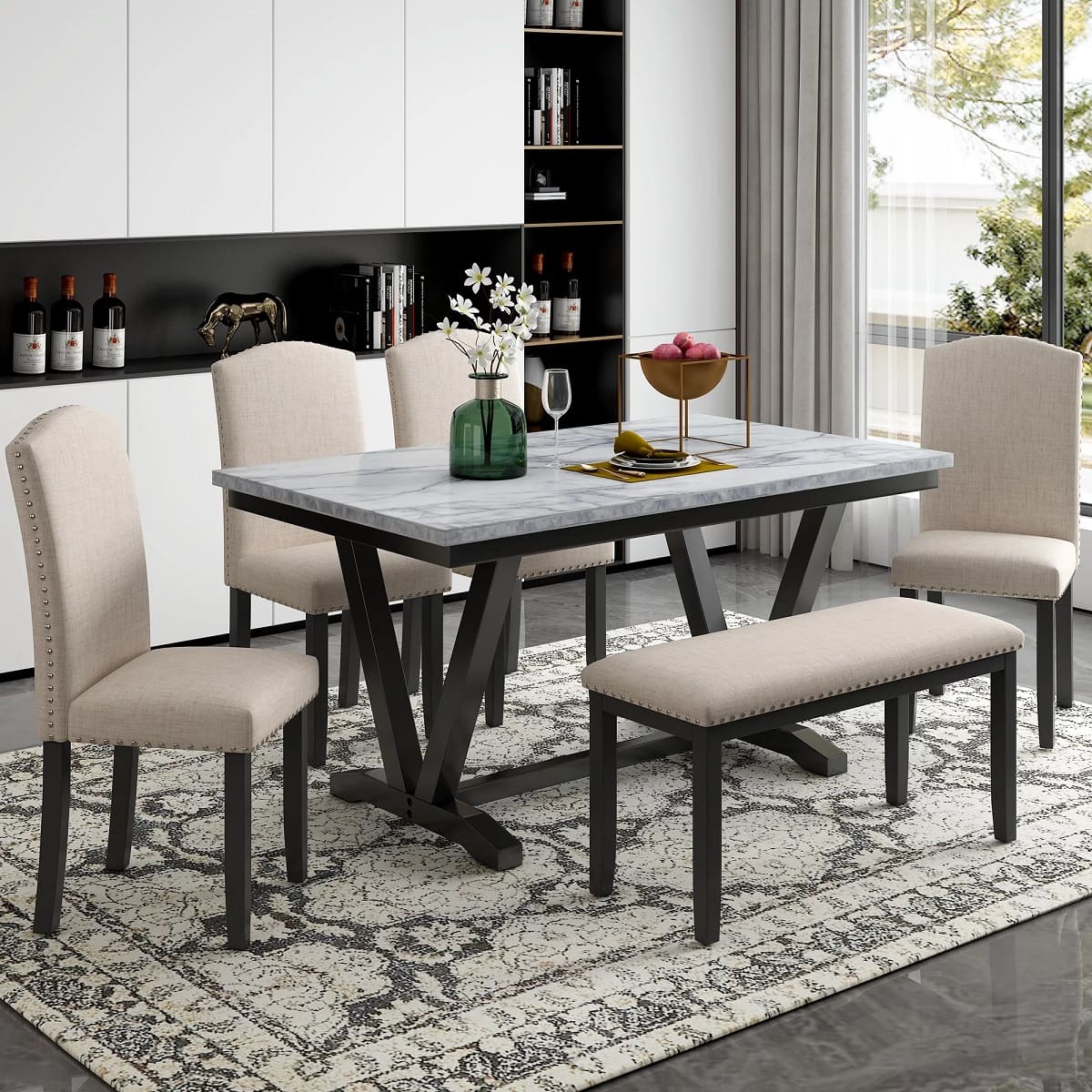
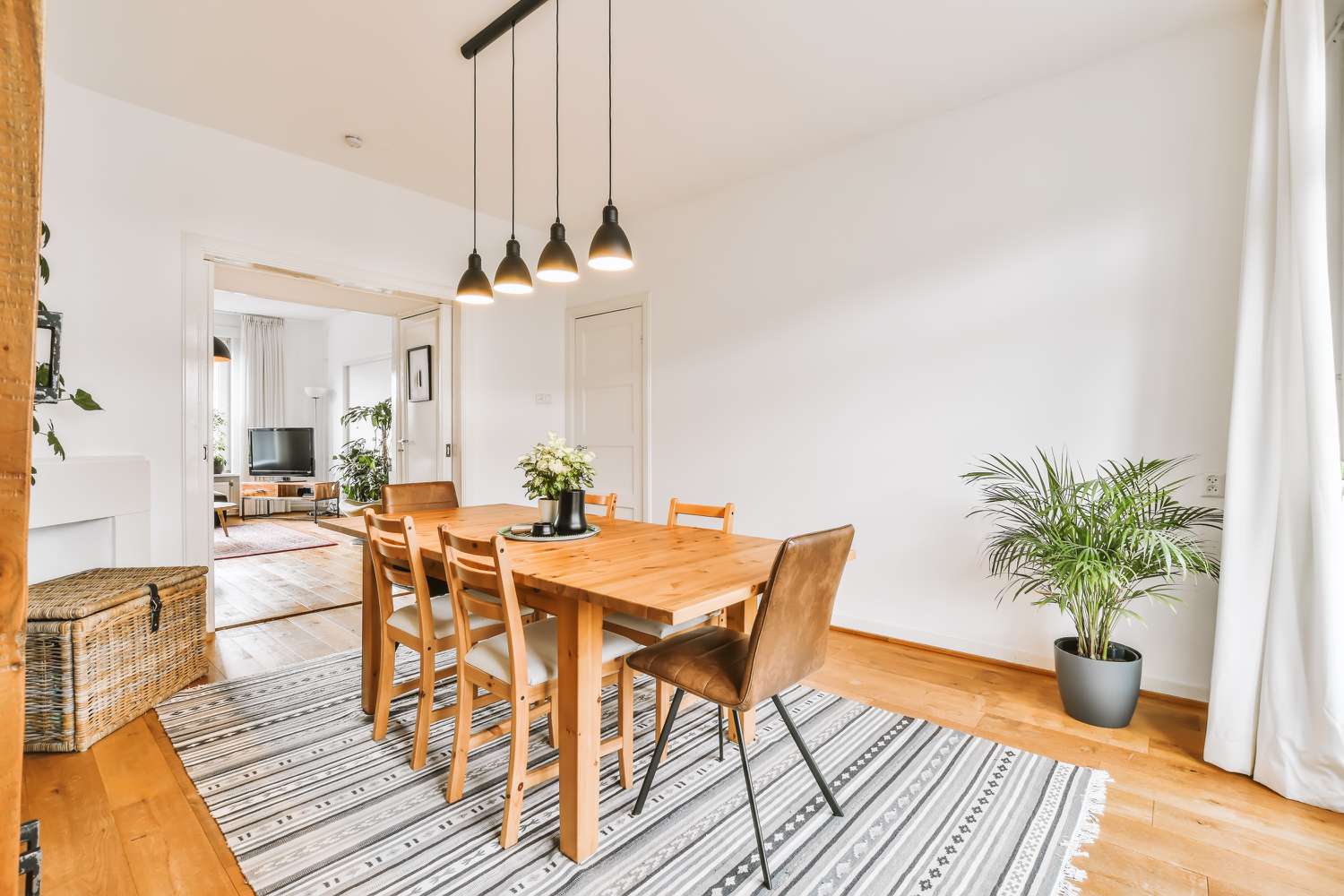
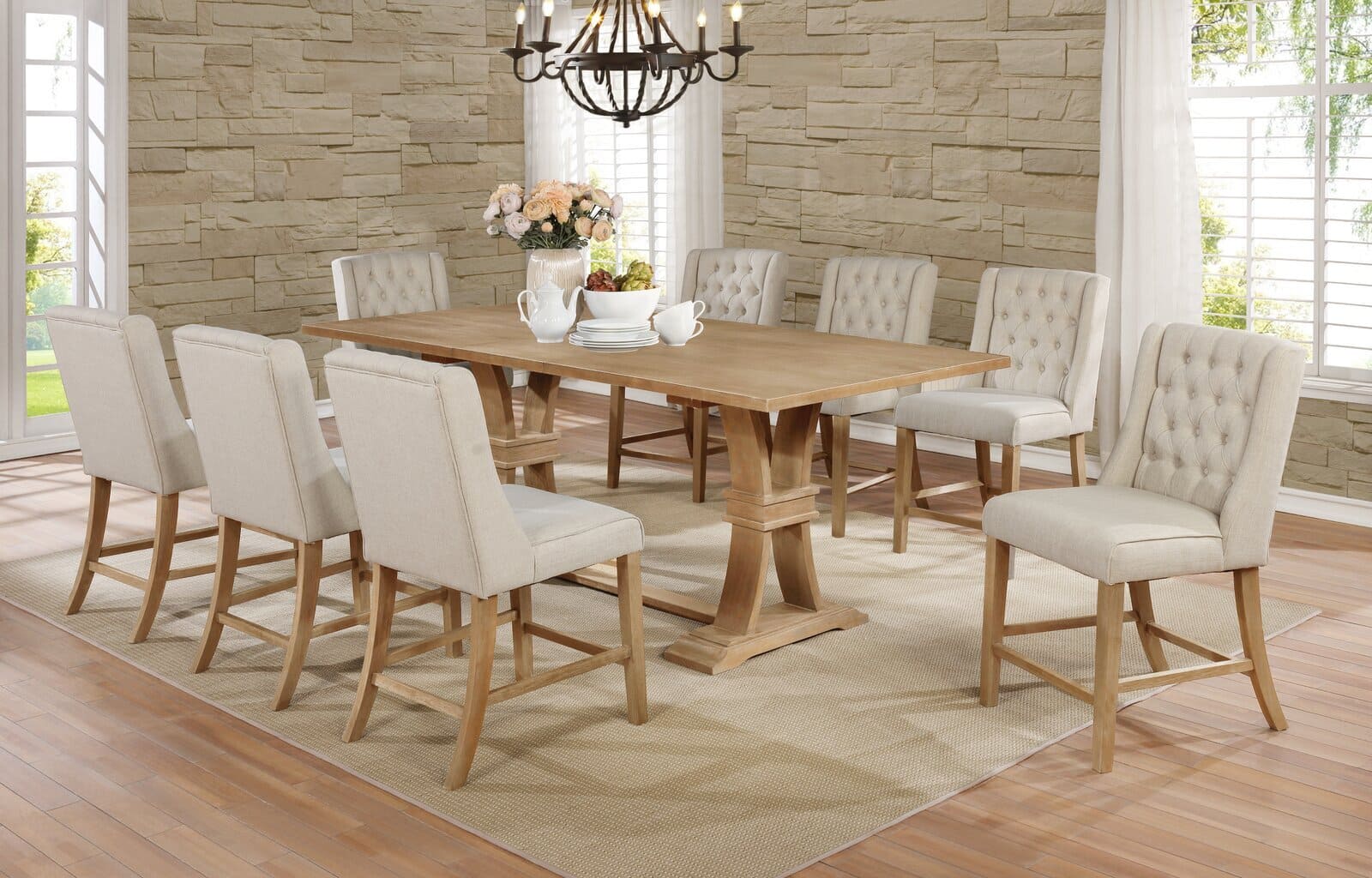
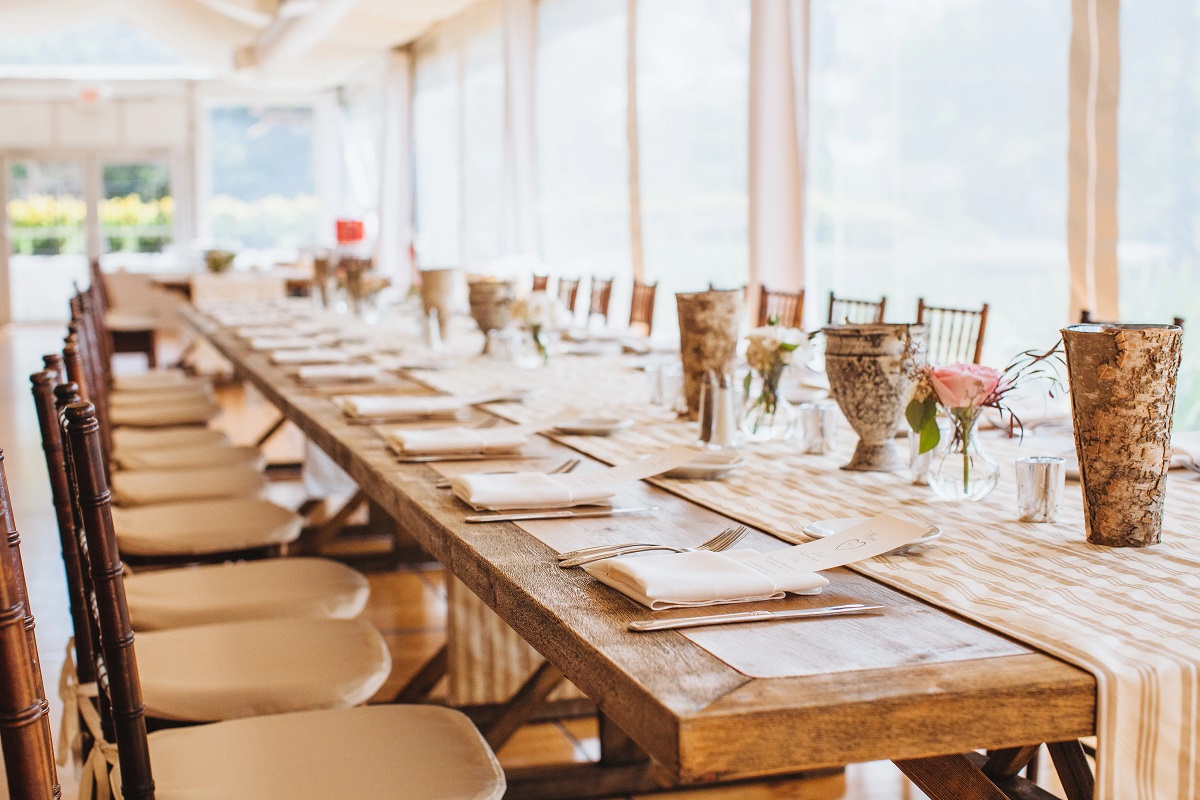
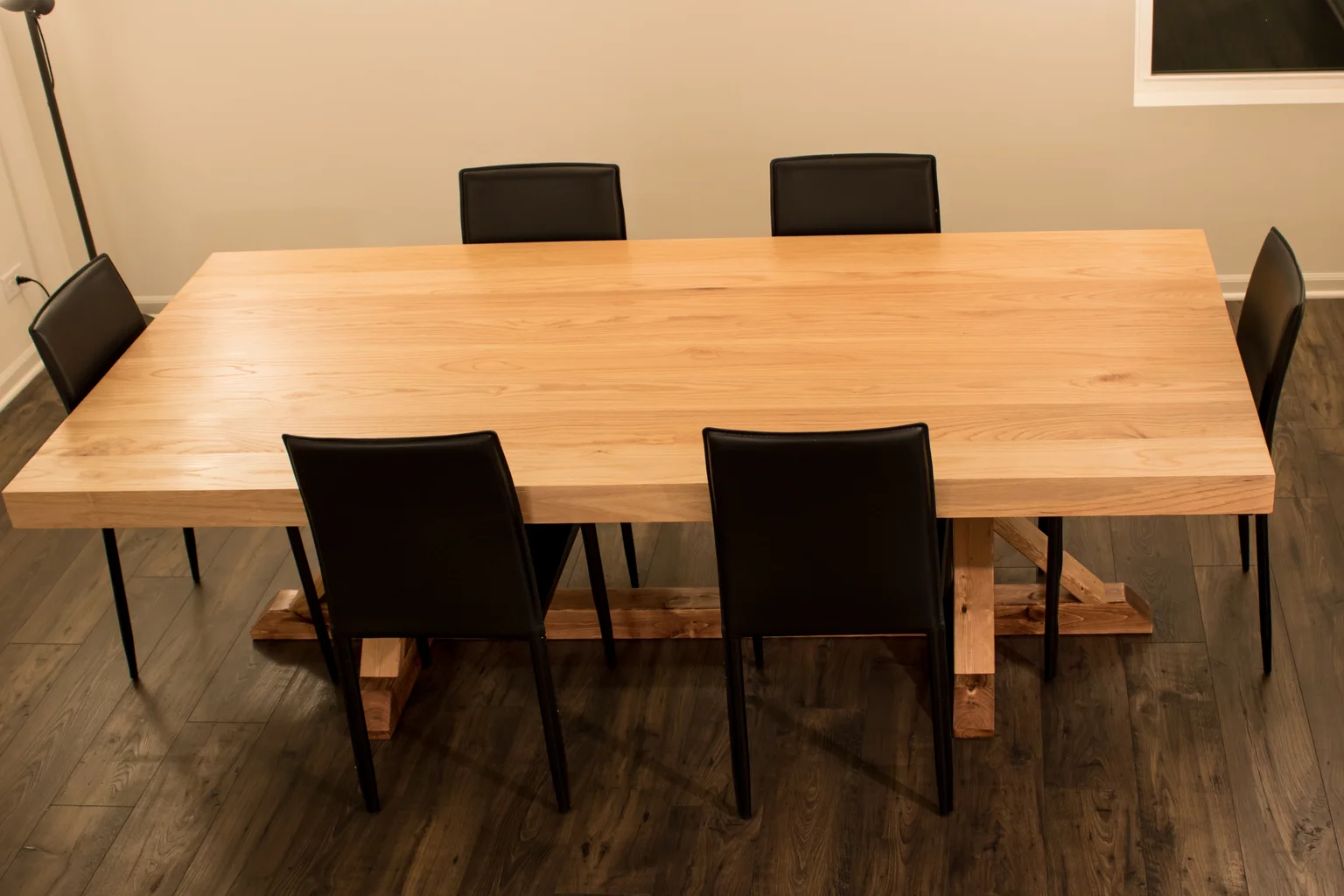
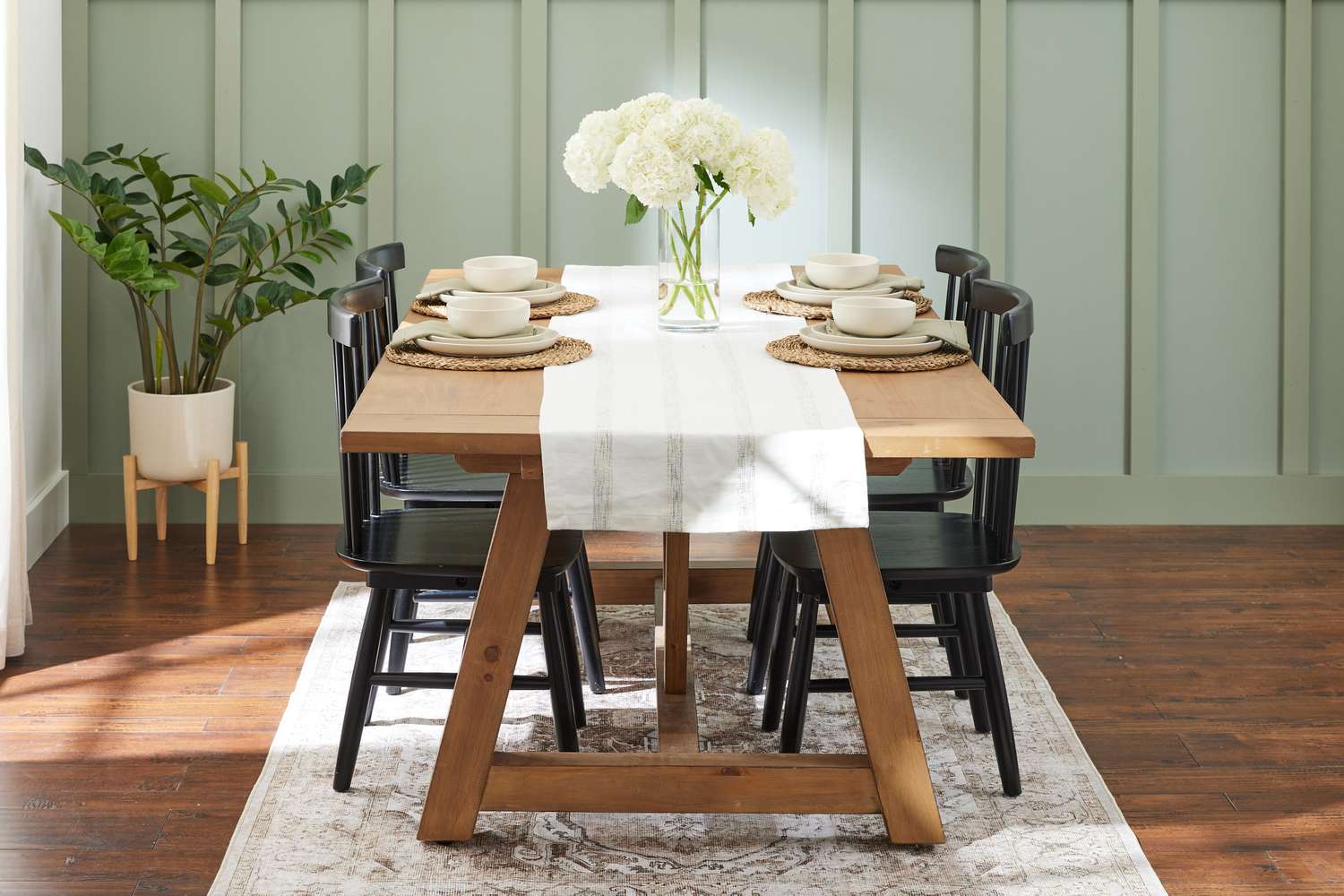
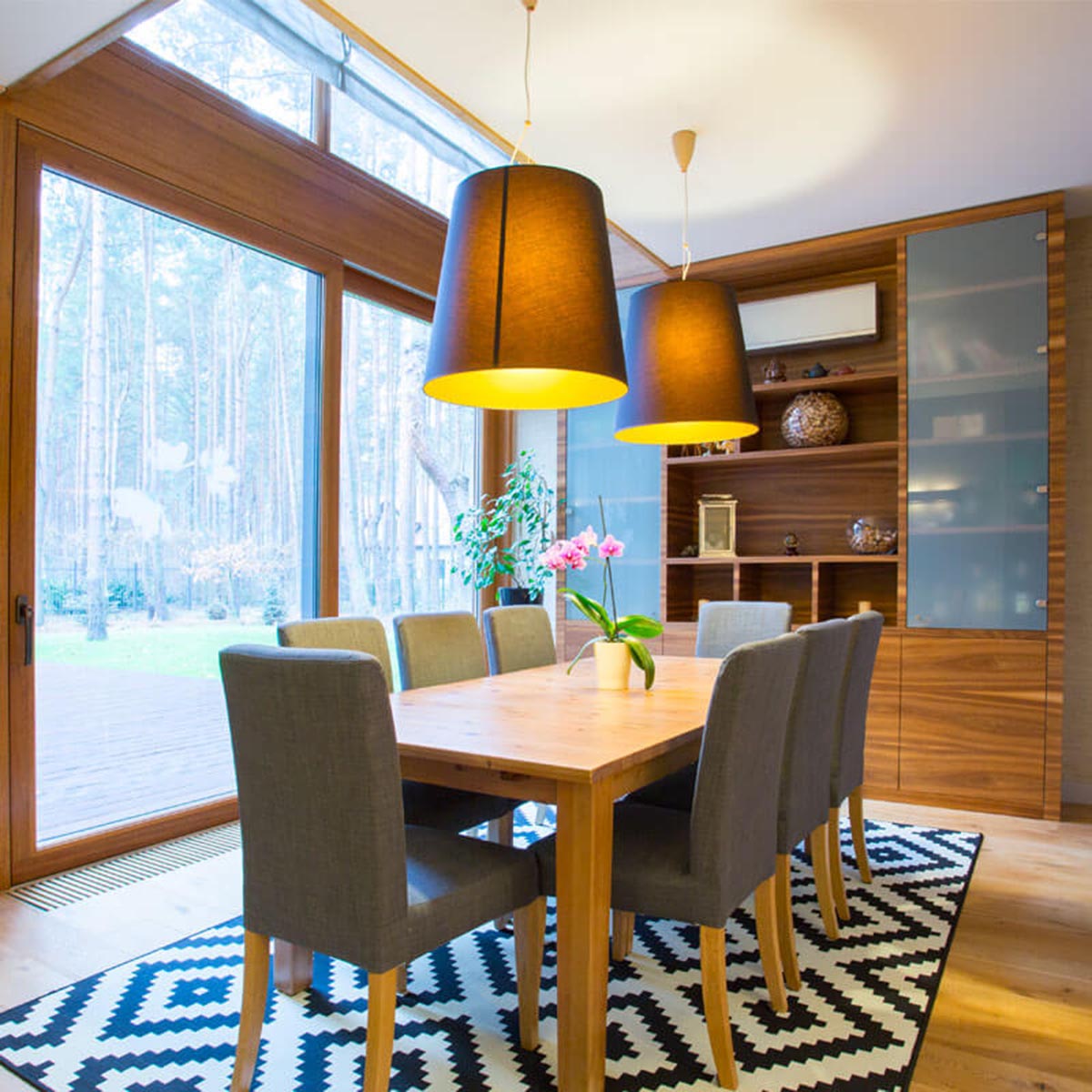
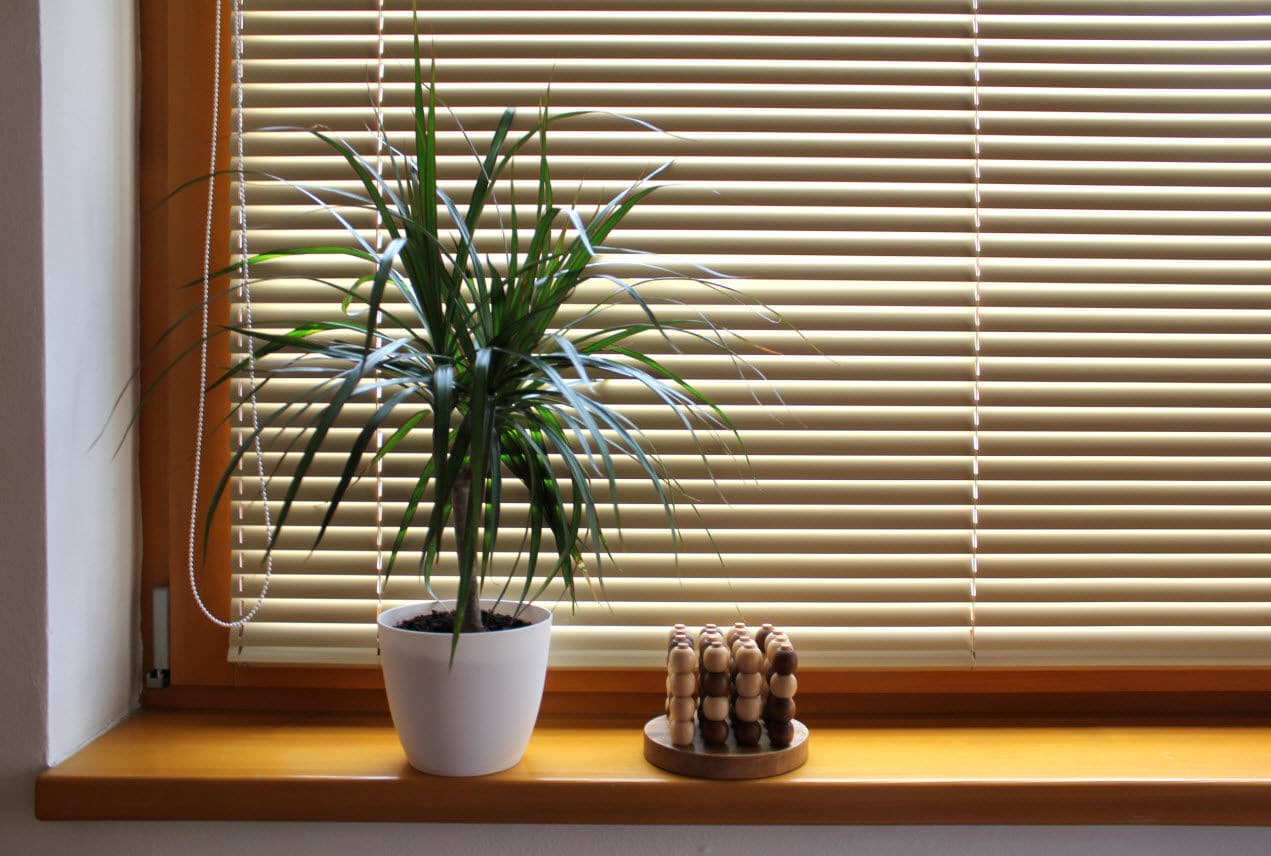

0 thoughts on “How Long Should A Dining Bench Be?”